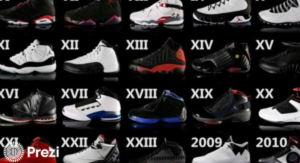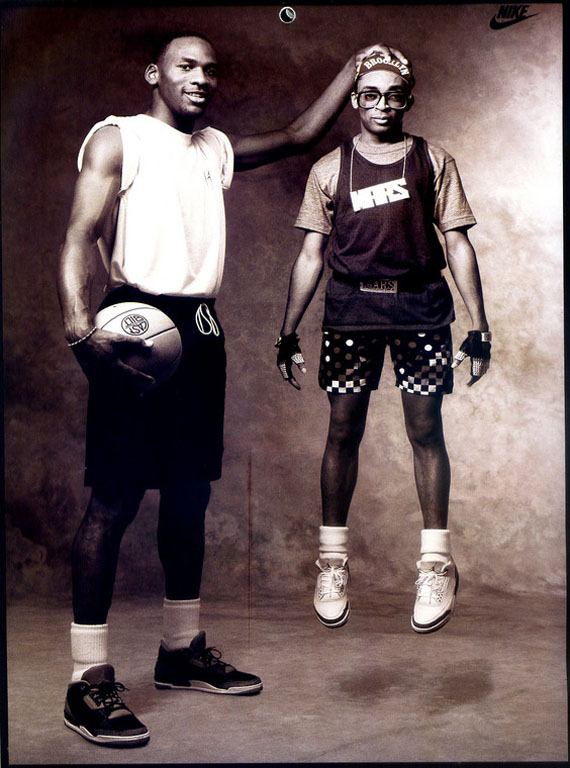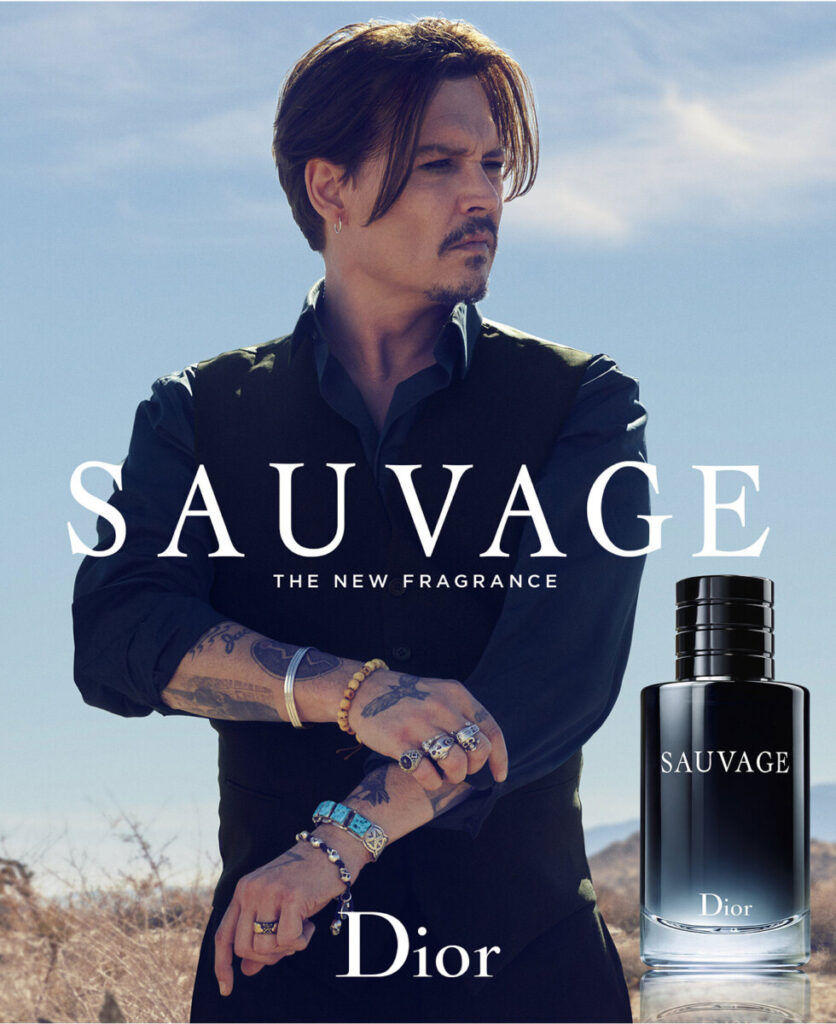This was an interesting read because it reminded me of music. In the reading, psychedelia was explored, and even terms such as grunge and etc. This reminded me of music genres that weren’t widely heard on the radio or music shows. There were musicians whose weren’t widely seen as well. Once they gain recognition, they get signed and their label starts pouring promotions for them. Listeners would usually state that the musician and their music has changed because they have become mainstream. The question then lies with, is it a hood thing or bad thing to become mainstream?
According to the article and from my understanding, mainstream in general seems to be something that is honed in on, exploited, and reproduced. It is within the popular margins because the results encompasses the larger audience. An example could be the Dance Dance Revolution game, that use popular techno and bass songs. The songs used are targeting the youth and therefore bring the genre popularity. The concerns start rising when it gets pulled into mainstream. I feel that it has but it tries to avoid it. Another similar game that could be considered mainstream is “Just Dance.”
In terms of advertising, mainstream could signify the techniques being overused and replicated n a different manner. For example, CoCa Cola and Pepsi, and others, are all beverages and they could all have similar advertising techniques but the design would look different. The target audience could be different but it’s within the same general population. Someone is always out there trying to think out of the box for the next new thing, but in the end it seems that once it’s found, it’ll also find its way into mainstream. I don’t think it’s so bad.
Demers, Joanna. “Dancing Machines: ‘Dance Dance Revolution’, Cybernetic Dance, and Musical Taste.” Popular Music, vol. 25, no. 3, 2006, pp. 401–14, http://www.jstor.org/stable/3877663. Accessed 27 Apr. 2022.
Hyman, Michael R., et al. “Research on Advertising Ethics: Past, Present, and Future.” Journal of Advertising, vol. 23, no. 3, 1994, pp. 5–15, http://www.jstor.org/stable/4188934. Accessed 27 Apr. 2022.
Heller, Steven. Merz to Emigre and Beyond : Avant-Garde Magazine Design of the Twentieth Century. Reprint pbk. ed., Phaidon, 2014.








Recent Comments